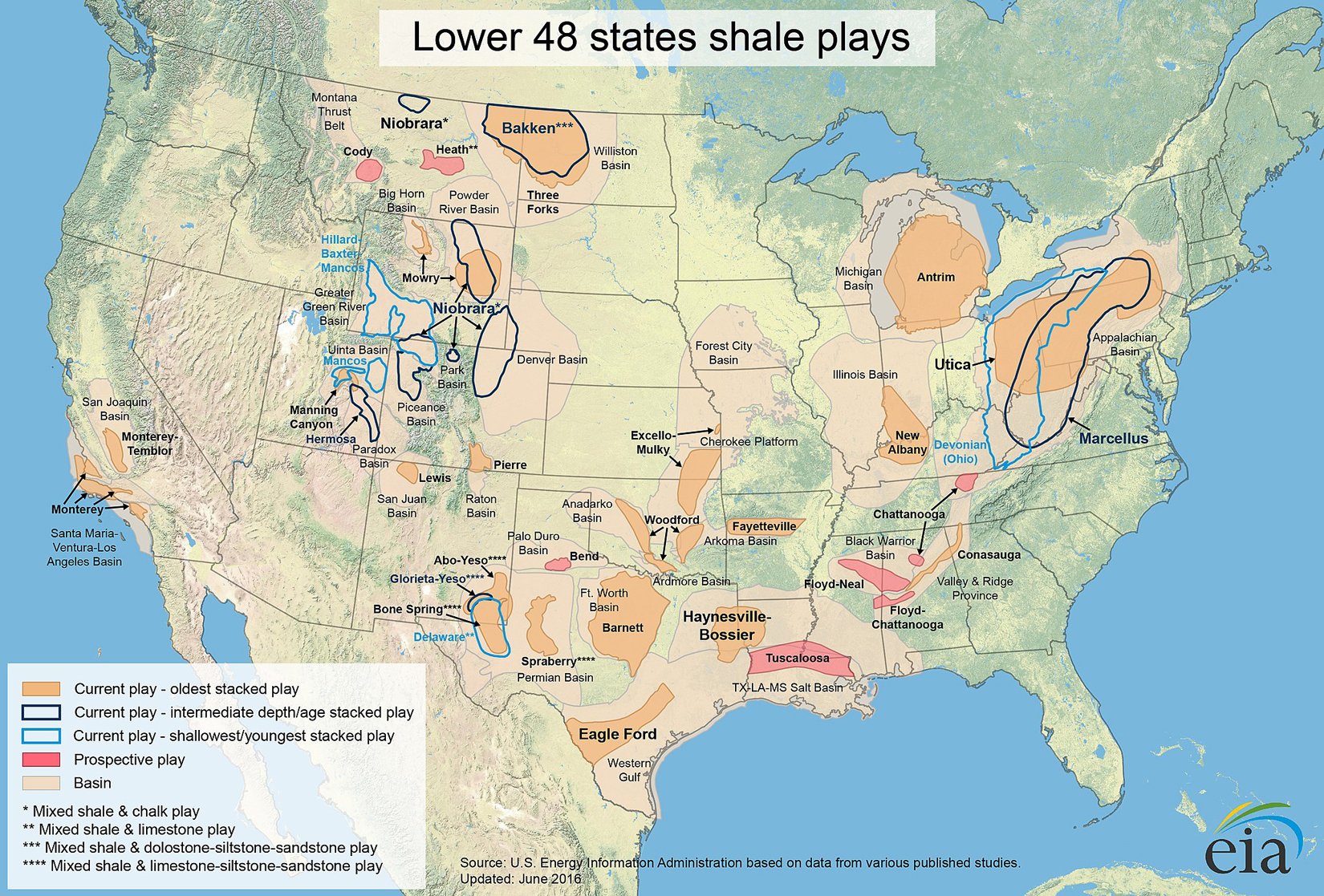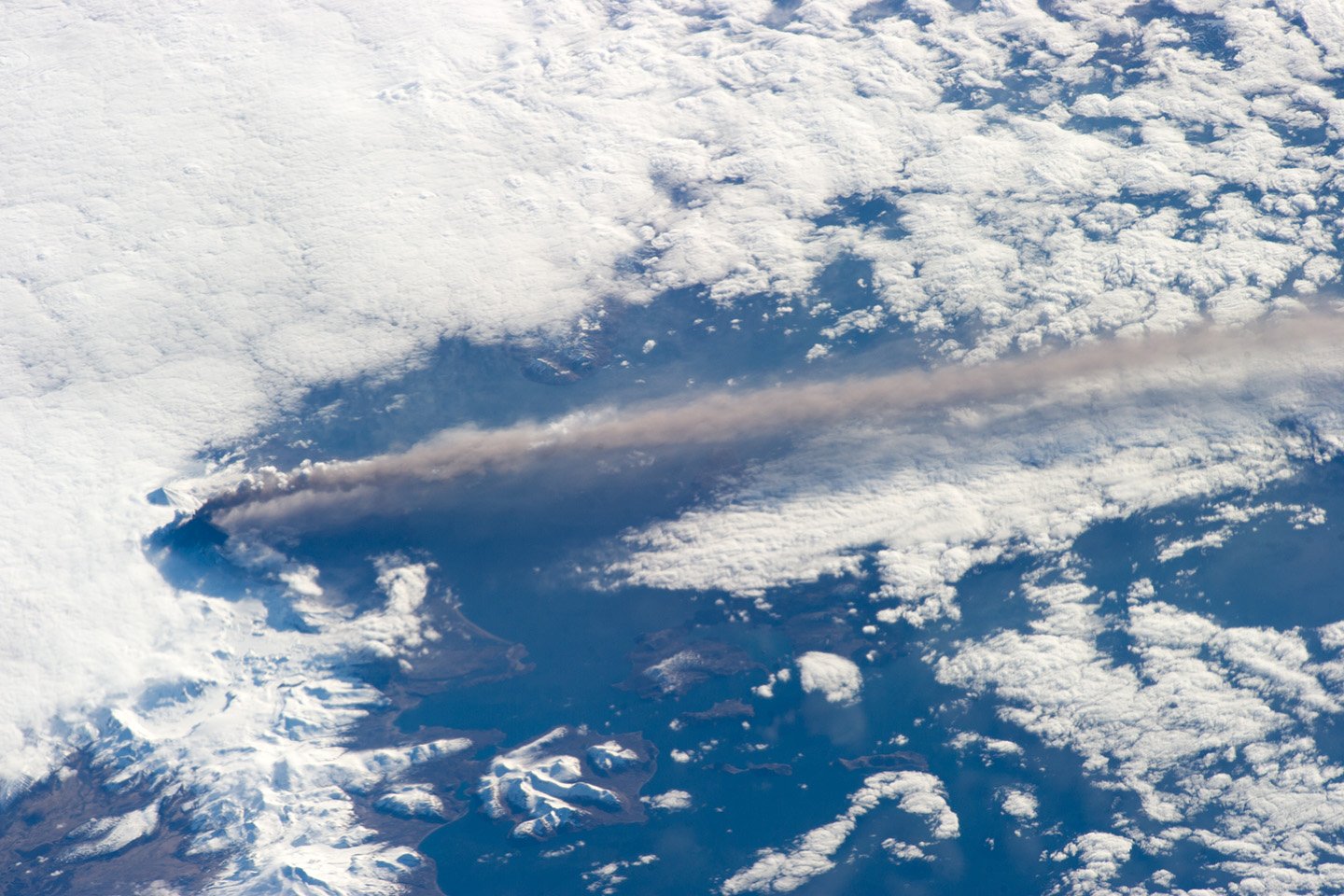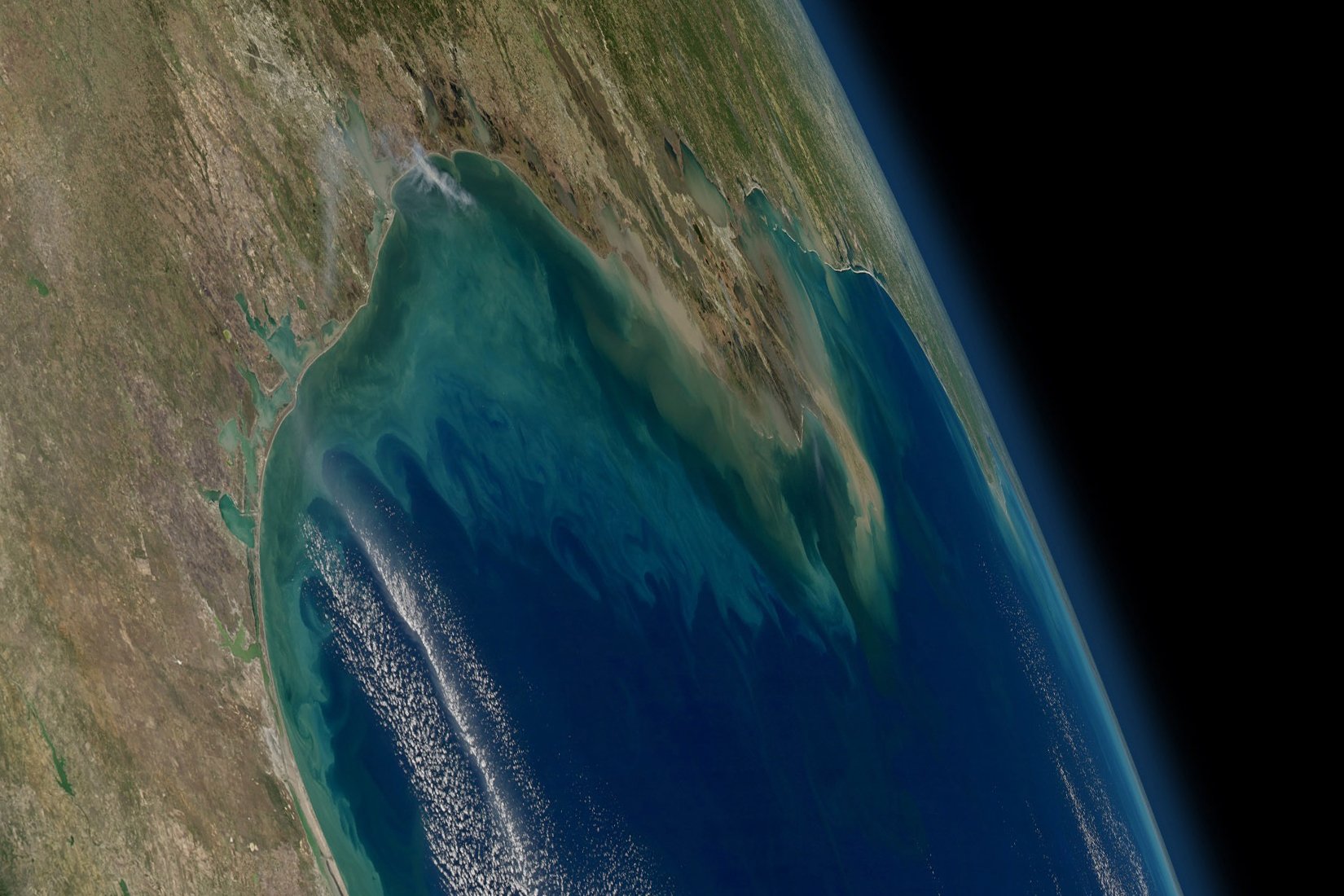Nutrient-rich ash from a huge erupt of volcanic emissions toward the end of the dinosaurs’ rule commenced a chain of events that prompted the development of shale gas and oil fields from Texas to Montana.
One of the things about these shale deposits is they occur in certain periods in Earth’s history, and one of those in the Cretaceous time, which is around the time of the dinosaurs. This was about 90 million to 100 million years ago, which is about the same time as a massive flare-up of arc volcanoes along what is today the Pacific rim of the Western United States.
Advances in level drilling and water driven breaking in the course of recent years prompted a U.S. vitality blast in “unconventionals,” a classification that incorporates the shale gas and “tight” oil found in shale fields like the Cretaceous Eagle Ford and Mowry and more seasoned ones like the Barnett and Bakken.
Study lead author Cin-Ty Lee said, “These types of natural gas and oil are in tiny, tiny pores that range from a few millionths of a meter in diameter to a few thousandths of a meter. The deposits are in narrow bands that can only be accessed with horizontal drilling, and the oil and gas are locked in these little pockets and are only available with techniques like hydraulic fracturing.”

Lee said there have always been hints of a connection between ancient volcanic eruptions and unconventional shale hydrocarbons. During field trips out to West Texas, he and Rice students noticed hundreds of ash layers in exposed rock that dated to the Cretaceous period when much of western North America lay beneath a shallow ocean.
“We had seen ash layers before, but at this site, we could see there were a lot of them, and that got us thinking,” Lee said. Lee, graduate student Hehe Jiang and Rice undergraduates Elli Ronay, Jackson Stiles and Matthew Neal decided to investigate the ash beds in collaboration with Daniel Minisini, a colleague at Shell Oil who had been doing extensive work on quantifying the exact number of ash beds.
“It’s almost continuous,” Lee said. “There’s an ash layer at least every 10,000 years.”
Lee said the team determined that ash had come from hundreds of eruptions spanned some 10 million years. The layers had been transported several hundred miles east of their volcanic source in California. The ash was deposited on the seafloor after being blown through plumes that rose miles into the atmosphere and drifted over the ocean. Lee and the students analyzed samples of the ash beds in the geochemical facilities at Rice.

“Their chemical composition didn’t look anything like it would have when they left the volcano,” he said. “Most of the original phosphorus, iron, and silica were missing.”
According to Lee, these Cretaceous ash plumes could lead to having a similar effect. Scientists used trace elements like zirconium and titanium to match ash layers to their volcanic sources to ensure it. They then compared it with rock samples from those sources with the depleted ash; the team was able to calculate how much phosphorus, iron, and silica were missing.
“Normally, you don’t get any deposition of organic matter at the bottom of the water column because other living things will eat it before it sinks to the bottom,” Lee said. “We found the amount of phosphorus entering the ocean from this volcanic ash was about 10 times more than all the phosphorus entering all the world’s oceans today. That would have been enough to feed an oxygen-depleted dead zone where carbon could be exported all the way down to the sediment.”
The ashfall and oceanic dead zone combined concentrated enough carbon to form hydrocarbons.
“To generate a hydrocarbon deposit of economic value, you have to concentrate it,” Lee said. “In this case, it got concentrated because the ashes drove that biological productivity, and that’s where the organic carbon got funneled in.”

Lee said shale gas and tight oil deposits are not found in the ash layers but appear to be associated with them. Because the layers are so thin, they don’t show up on seismic scans that energy companies use to look for unconventionals. The discovery that hundreds of closely spaced ash layers could be a tell-tale sign of unconventionals might allow industry geologists to look for bulk properties of ash layers that would show up on scans, Lee said.
“There also are implications for the nature of marine environments,” he said. “Today, phosphorus is also a limiting nutrient for the oceans, but the input of the phosphorus and iron into the ocean from these volcanoes has major paleoenvironmental and ecological consequences.”
The research was funded by the National Science Foundation, the Guggenheim Foundation, and the Geological Society of America.
Journal Reference
- Lee, C., Jiang, H., Ronay, E., Minisini, D., Stiles, J., & Neal, M. (2018). Volcanic ash as a driver of enhanced organic carbon burial in the Cretaceous. Scientific Reports, 8(1), 1-9. DOI: 10.1038/s41598-018-22576-3
